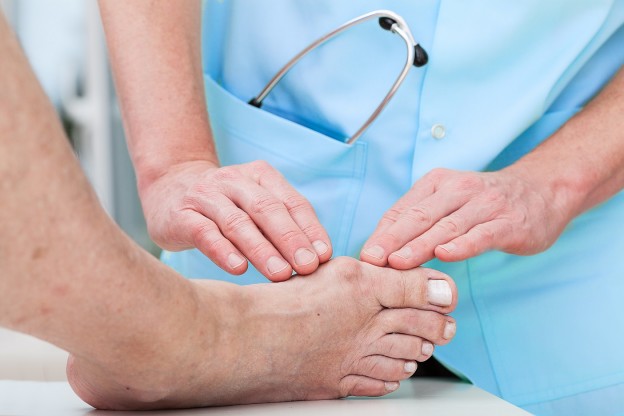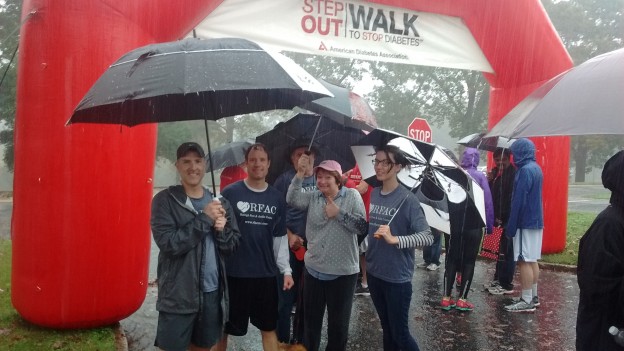When people have diabetes, they often think of problems with their feet. The problem is that they might not think enough about them. A simple foot check every day should be an important morning routine. The problem is that many people think their issue is not a big deal. Not a big deal yet, I say.
Let a doctor determine if your problem is not a big deal. Chances are if you’re diabetic and have a foot question, it’s a big deal. Check your feet each day and look for cuts or sores, temperature or color changes, nail changes, or unexplained swelling. If you see anything new or different, get it looked at. Yearly diabetic foot exams are important, but so are visits when you have new problems.
I urge all diabetic patients this holiday season to keep a good eye on your feet. Spending time with your family at home is lot more pleasant then a stay in the hospital when a little problem progressed because it was either ignored or not noticed. If you have not had a diabetic foot exam this year or have new questions or problems, call Raleigh Foot & Ankle Center today at (919) 850-9111 and schedule an appointment. You can also request an appointment online by filling out our form on our website.
From all of the doctors and staff at Raleigh Foot & Ankle Center, we hope you have a great Thanksgiving Holiday!






